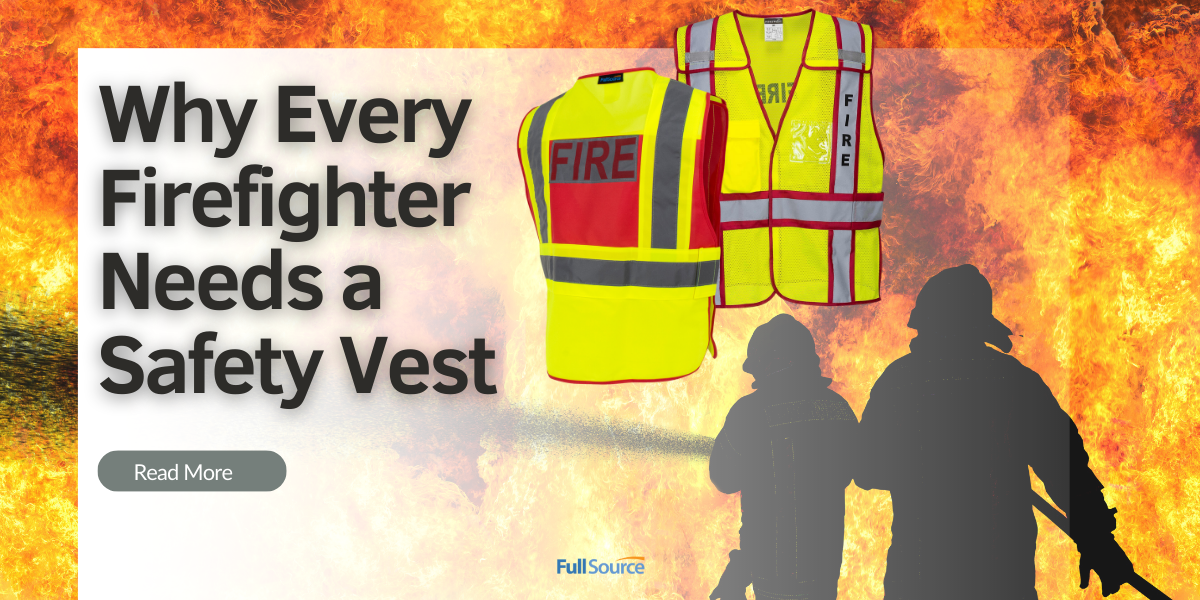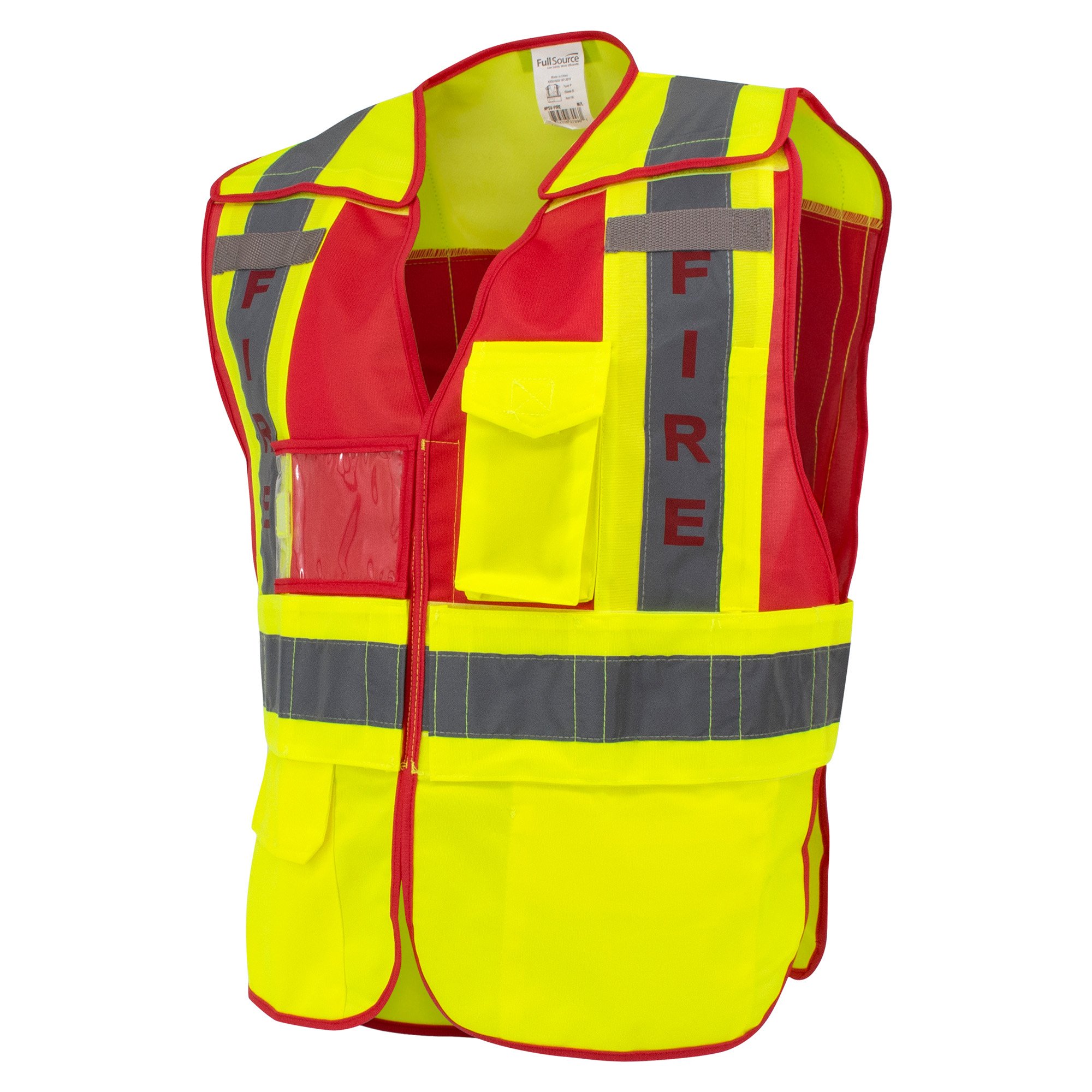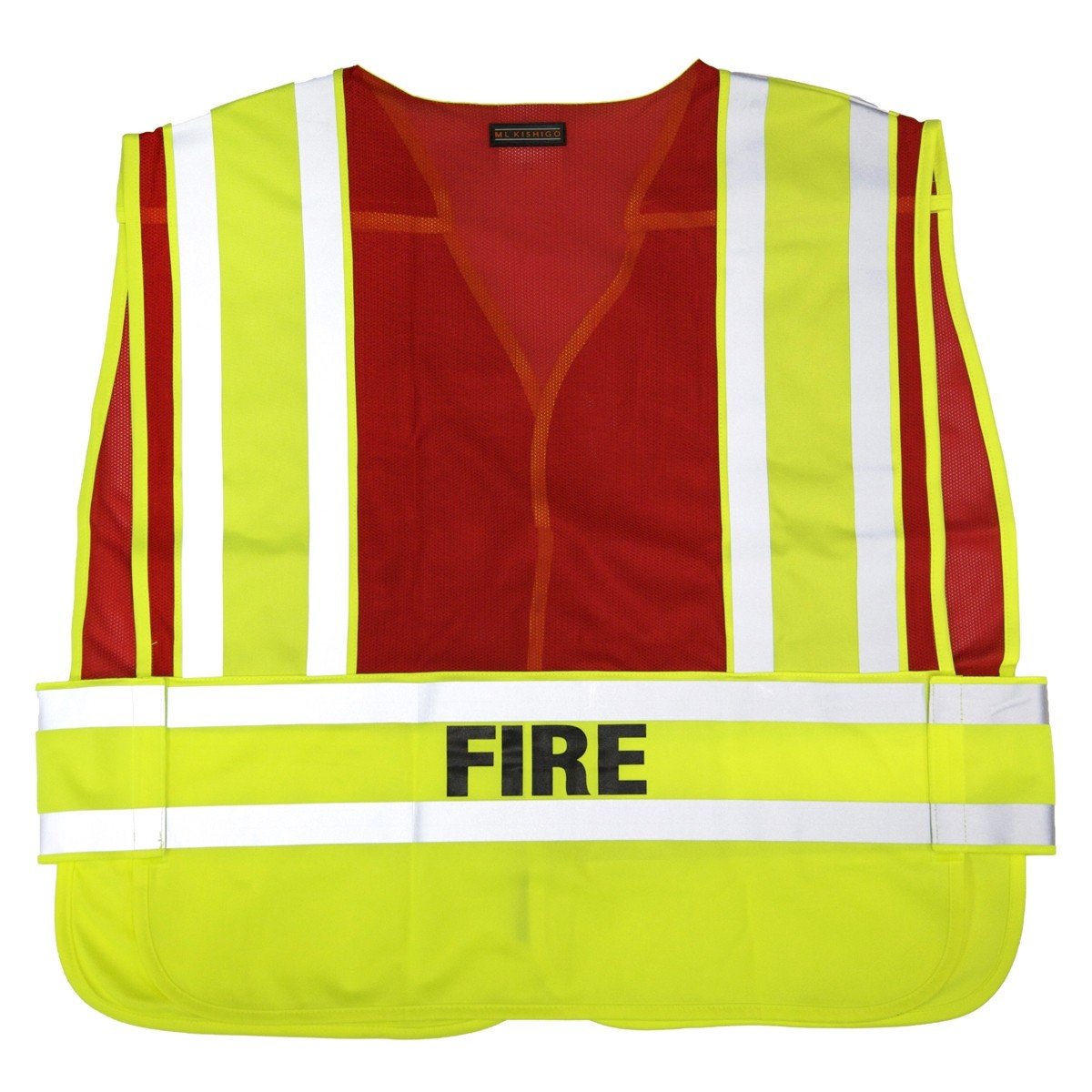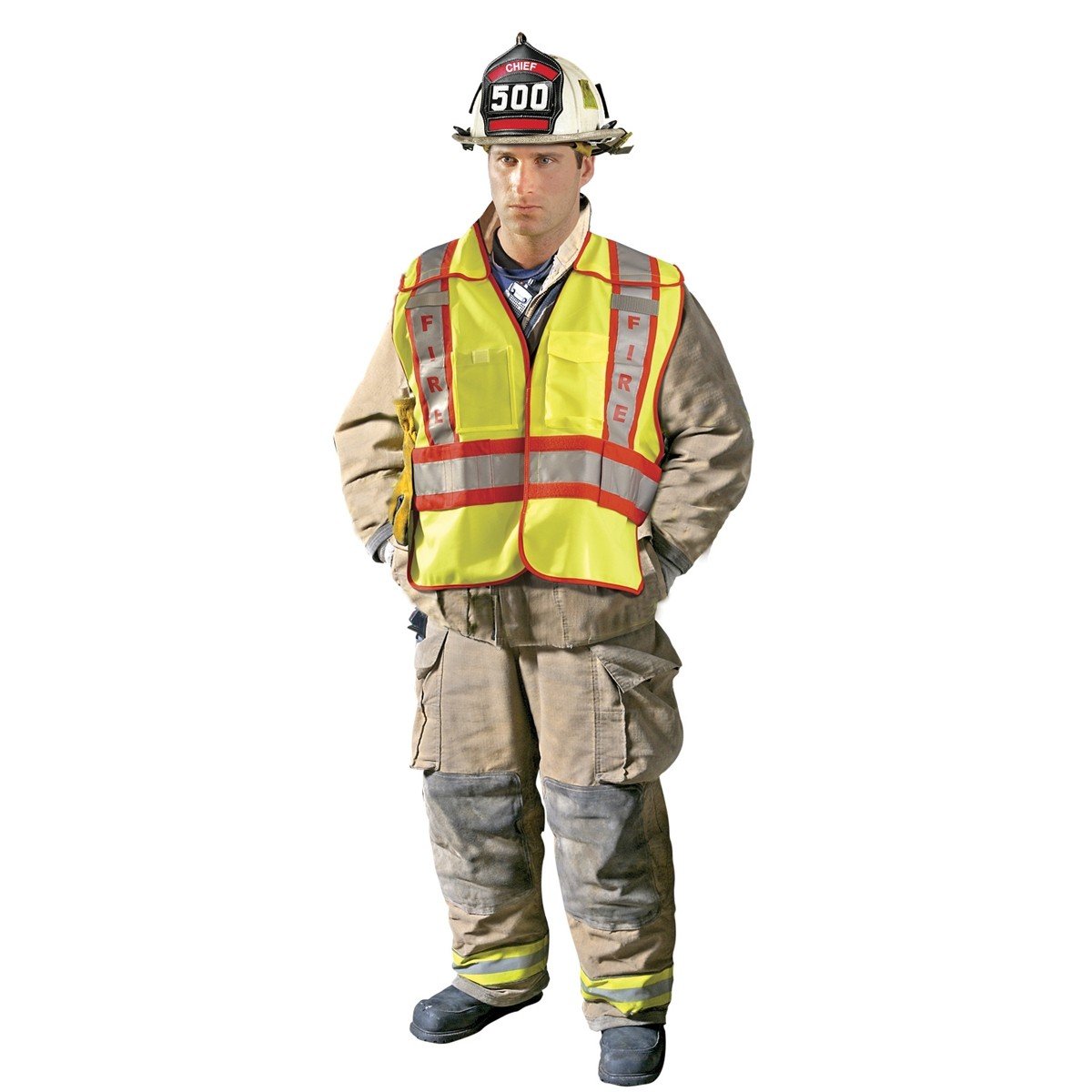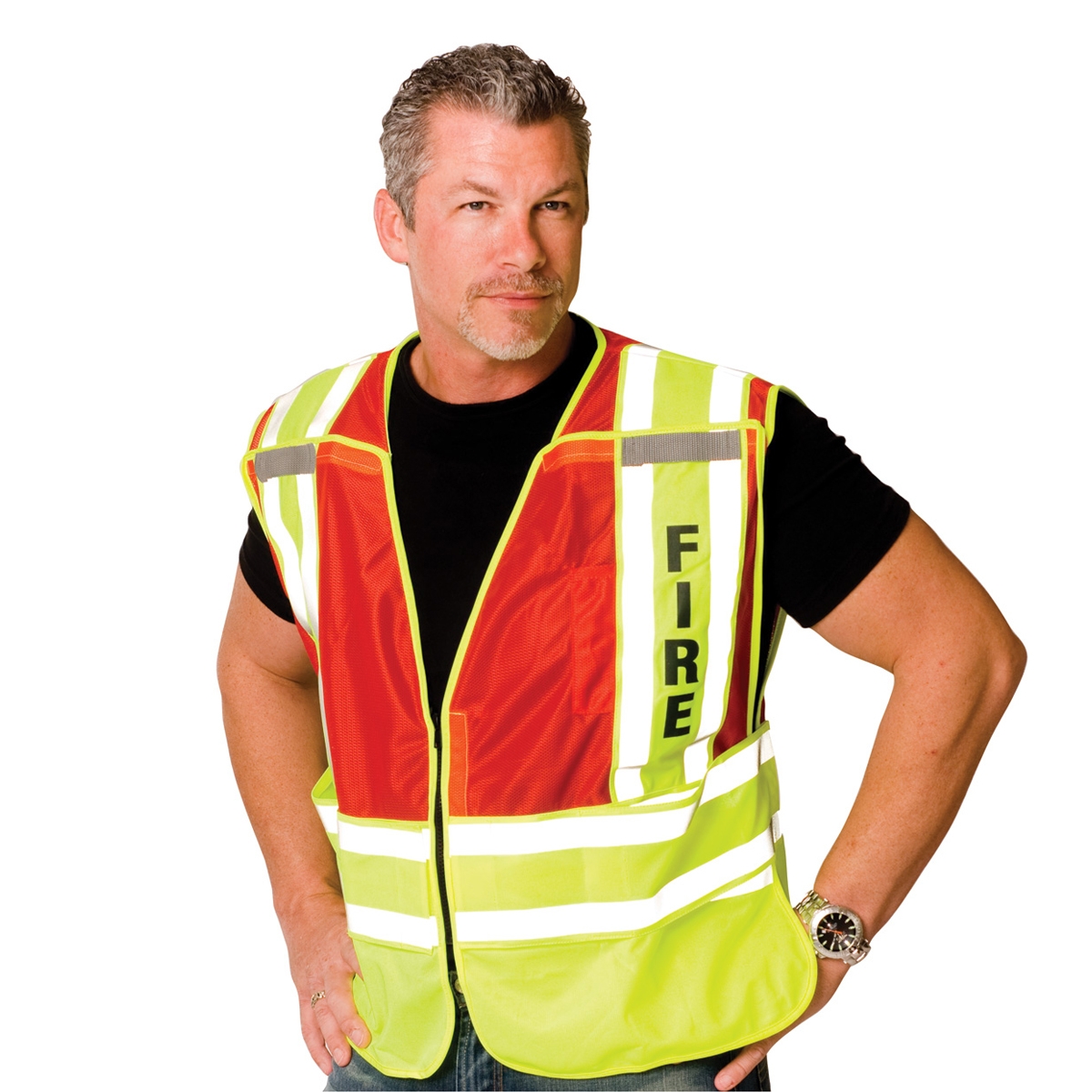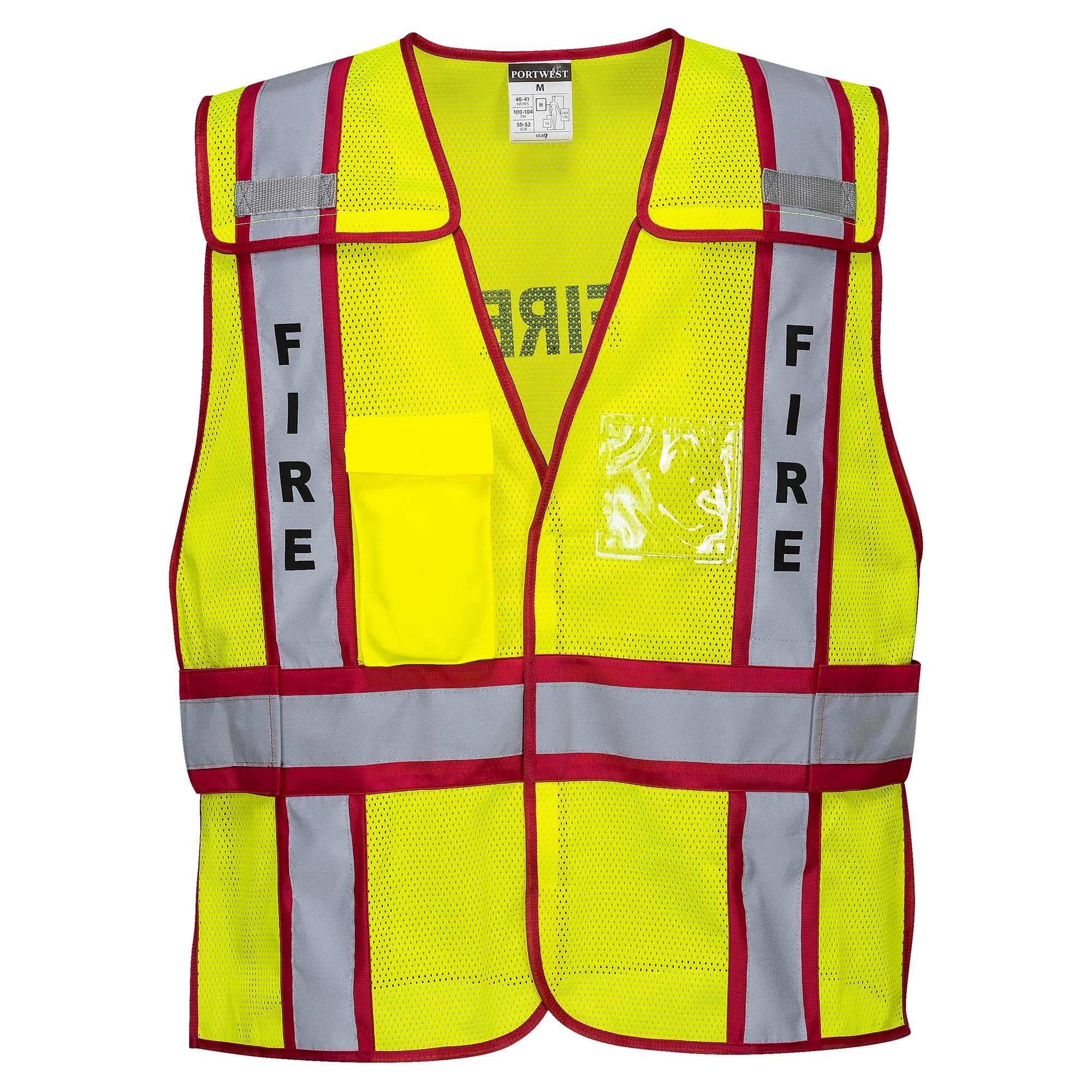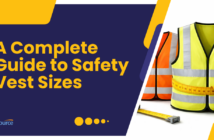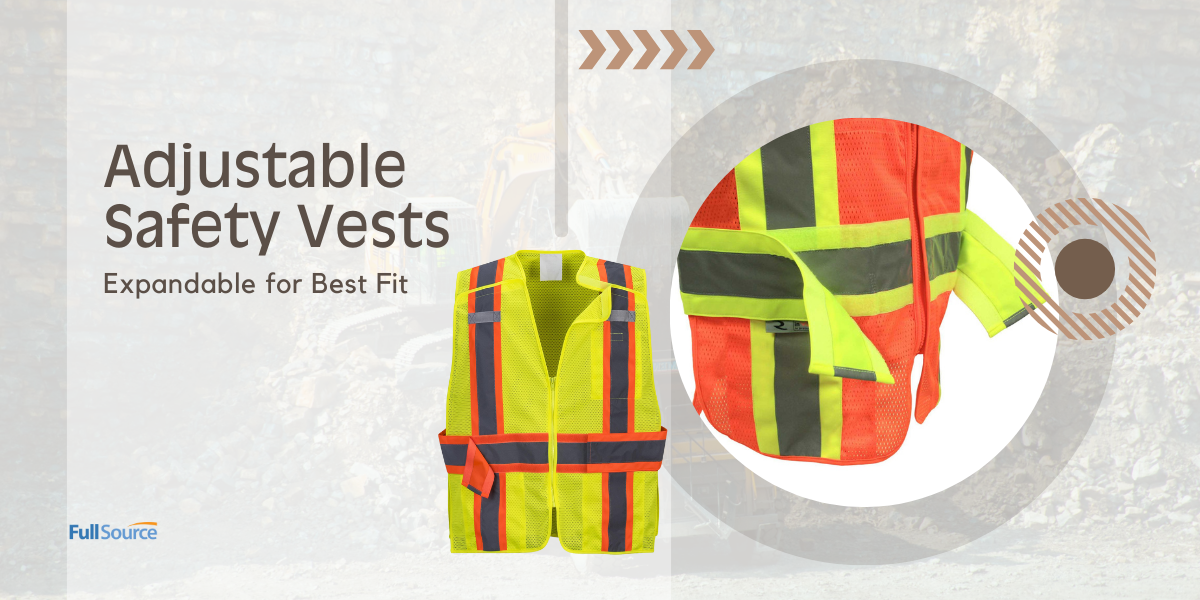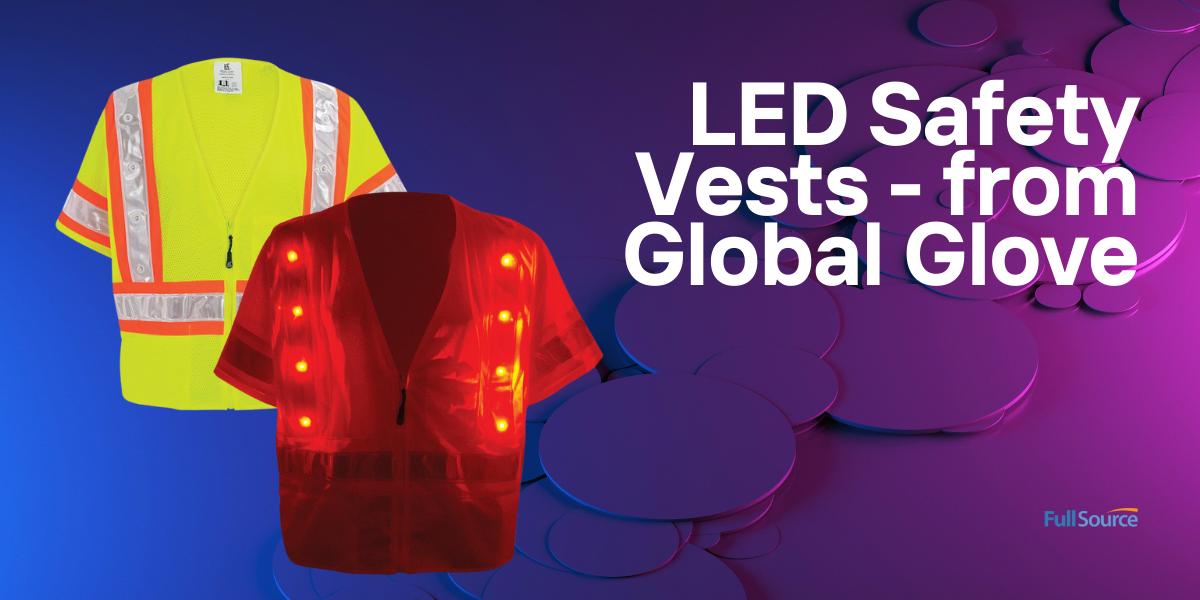Why does every firefighter need a firefighter safety vest? Because firefighters are the unsung heroes who rush into danger while everyone else is running away. Their courage and selflessness save countless lives. But their safety should never be taken for granted. In a line of work where every second counts, having the right protective gear can mean the difference between life and death. That’s why today we’re shining a spotlight on an essential piece of equipment that every firefighter needs – the safety vest. Join us as we delve into its importance, benefits, and how it significantly enhances the overall safety of these real-life superheroes on the frontlines.
Introduction to Firefighter Safety Vests
First of all, when responding to an emergency, firefighters need the right PPE equipment to ensure their safety. Firefighter safety vests are an important part of this personal protective equipment. Safety vests help to identify firefighters in low-visibility conditions and can provide some level of protection from heat and flames. And the hi-vis colors like orange and yellow/lime, combined with silver reflective tape, make most firefighter safety vests ANSI Class 2 or 3 rated.
In addition, there are different types of firefighter safety vests available, depending on the needs of the department. Some vests are designed for structural firefighting, while others are better suited for wildland firefighting. And incident command safety vests that are non-ANSI rated work well for emergency services crew who assist in burn zones. Styles like the MCR Safety ICV204 include a clear front and back insert slot to add a card and title for better identification.
And no matter what type of vest is being used, it is important that it fits. A poorly fitting vest can be uncomfortable and can hinder a firefighter’s movement. When choosing a safety vest, firefighters should make sure to try on different styles and sizes to find the one that best suits their needs. And our best-selling safety vest brands like OccuNomix, PIP, Radians, and Kishigo come in different sizes. Some firefighter safety vests go up to size 7X. There are also vests that are one sizes fits most.
Benefits of Wearing a Safety Vest
When it comes to safety, firefighters need all the help they can get. That’s why wearing a safety vest is such an important part of keeping firefighters safe on the job. Here are just a few of the benefits of wearing a safety vest:
1. Increased visibility.
Safety vests help firefighters stay visible in low-light conditions and during emergencies when visibility is often poor. This increased visibility can make all the difference in staying safe on the job.
2. Protection from heat and flames.
Safety vests are made from materials that help protect firefighters from heat and flames. This extra layer of FR protection can mean the difference between life and death in an emergency situation. And FR flame resistant safety vests like the PIP 305-3100, OccuNomix FR-VCR1213, and Radians SV94-2VGSFR meet different levels of protection.
3. Enhanced communication.
Many safety vests come equipped with reflective strips or other methods of enhancing communication between firefighters. This enhanced communication can be crucial in coordinating efforts during an emergency situation. Also, look for pre-printed firefighter safety vests that allow for easier identification in emergencies. Some vests like the Portwest US387 also have a breakaway design, allowing for enhanced safety in dangerous or enclosed areas. The 5 point breakaway design includes side and shoulder seams and center front with 2 mic tabs.
Types of Firefighter Safety Vests
There are several different types of safety vests that are designed for firefighters. The most common type is the ANSI Class 2 vest which is bright high visibility yellow or orange and has reflective stripes. This type of vest is required by the National Fire Protection Association (NFPA) for firefighters who are working on the fireground. Select from vest styles like black bottom, surveyor, and two-tone. And some firefighter safety vests like the OccuNomix LUX-PSF Type P Class 2 safety vest include a pre-printed legend. The addition of the words “FIRE” in the silver reflective tape on the front and back of the vest help designate authority.
Another type of firefighter safety vest is the ANSI Class 3 vest which is also brightly colored but has even more reflective strips. This type of vest is required by the NFPA for firefighters who are working in close proximity to traffic or other hazards. And most Class 3 safety vests have sleeves, providing extra coverage and visibility. There are styles from brands like Portwest, PIP, and MCR Safety.
How to Choose the Right Vest for You
There are many factors to consider when choosing a safety vest for firefighters. The most important factor is the level of protection the vest offers. Firefighters need a vest that is rated to protect them from high temperatures and flames. Other important factors include the weight of the vest, the fit, and the breathability of the fabric.
The best way to find the right safety vest for you is to speak with your fellow firefighters and see what they recommend. You can also read online reviews from other firefighters. Once you’ve narrowed down your options, you can try different vests to find one that fits well and is comfortable to wear. And our firefighter safety vests are organized by best sellers. So you always know which styles are the most popular.
Must Have Features for Firefighters
When it comes to safety gear, firefighters have a lot to consider. But when it comes to vests, there are a few must-have features that can make all the difference. Here’s what every firefighter should look for in a vest:
• Reflective Material: Firefighters need to be visible at all times, day or night. Reflective material ensures that they’re seen by motorists, other emergency personnel, and even victims in smoky conditions. And styles like the Kishigo FM410 feature 2 inch wide silver breathable reflective material as well as FR reflective piping.
• Flame-Resistant Fabric: Flames are a big concern for firefighters, so it’s important that their vest features flame-resistant fabric. This will help protect them from serious injuries if they’re exposed to fire. FR or flame-resistant safety vests meet HRC Category 1 and 2 ratings. And some styles feature modacrylic/aramid fabric blends that meet ASTM F1506 and NFPA 70E-HRC1 standards. And self-extinguishing safety vests are chemically treated to be self-extinguishing per ASTM D6413 standards. Do not wear where an arc flash or flash fire hazard is present. And this includes vests like the Radians SV25-2ZGM.
• Waterproofing: Fire hoses often leak and spray water around the scene of a fire, so firefighters need to be able to stay dry while they work. Waterproofing will help keep them comfortable and prevent hypothermia.
• Pockets: Firefighters need to be able to carry all of their essential gear with them, so pockets are a must. Look for vests with plenty of pockets of different sizes to accommodate everything from flashlights to radios. And surveyor style firefighter safety vests provide ample pockets; some styles like the PIP-305-SVZSE have up to 5 pockets for storing your tools and gear.
Maintenance Tips
One of the most important pieces of personal protective equipment for firefighters is a safety vest. For example, an FR safety vest helps to protect firefighters from the intense heat and flames of a fire.
While a firefighter safety vest is an essential piece of gear, you must maintain it. Here are some tips for keeping your safety vest in top condition:
-Inspect your vest regularly for any signs of wear or damage. If you notice any tears or holes, replace the vest immediately.
-Be sure to clean your vest after each use. Hazardous materials and chemicals get exposed to firefighters when they fight fires. So it’s important to wash away any contaminants that could cause skin irritation or other health problems.
-Store your vest in a cool, dry place when not in use. Extreme temperatures can damage the material and degrade the effectiveness of the protective coating.
Conclusion
In conclusion, firefighters are some of the bravest people in the world. And it is essential that they have all the safety equipment necessary to protect them while doing their job. A firefighter’s vest is one of the most important pieces of safety gear. It provides much-needed added protection from burns, falling debris, and other hazards.

